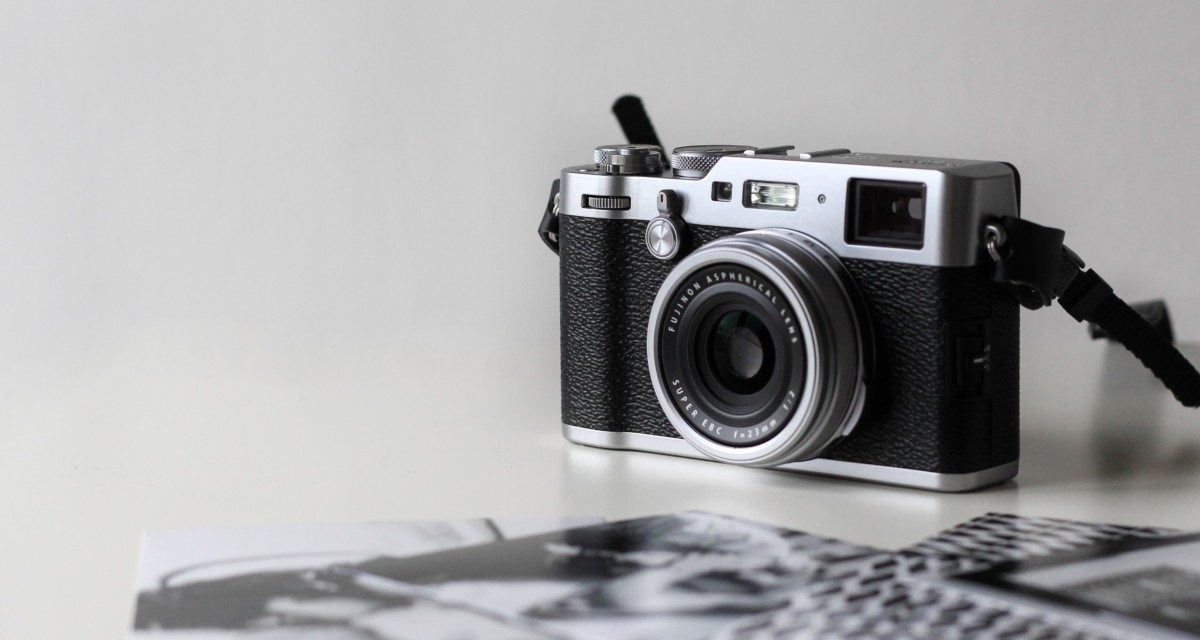[ad_1]
The Camera – To create high quality panoramic images you need a high quality DSLR camera with changeable lenses and preferably with exposure bracketing. You need changeable lenses because using a fisheye or wide angle lens is almost essential to creating an effective and detailed panorama without having to take half a million individual images. Uing a wide angle or fisheye lens also means you will want to invest in a very high megapixel camera. This is because a wide angle lens bends light to fit more image on the same amount of pixels. A low megapixel camera will not have a high enough resolution to be able to handle the stretch round the edge of your fisheye image. I would not use a fisheye lens with anything less than a 16 megapixel camera and a wide-angle lens with less than 10 megapixel camera.
If your budget allows, definitely spring for a camera that features exposure bracketing, this will allow you to take High Dynamic Range (or HDR) images and is a fantastic tool for producing roundly exposed images for your virtual tours. High megapixels and exposure bracketing are features that you will find on any professional grade DSLR camera. For entry level I highly recommend the Canon 60d, you can pick one up for around £600 and they produce fantastic images. If you are willing to spend a bit more the Canon EOS 5D Mark ii is still my go to choice for on the go photography any day of the week, bodies are available for under £2000.
The Lens – Opinion differs as to what type of lens produces the best results. Some virtual tour photographers use wide angle lenses, others prefer full fisheye. Both have their merits: Wide angle lenses create less pixel distortion around the edges of the images and reduce the risk of pixilation within a panorama that can seriously damage the quality of your virtual tour. They do however require far more images to create a single panorama. This can massively lengthen production and post processing time and increase the chances that one or two of your images might not stitch properly. Full fisheye lenses on the other hand only need a few images to create an entire panorama, the trade off is that they use the same amount of pixels to take a much larger photo therefore the images are lower quality. I find that if you use a fish eye lens properly, take photos that are focused well and pay attention to how your images look then there is nothing that a fisheye can't do better, easier and in less time than a wide angle. I highly recommend the Sigma 8mm autofocus that you can pick up for around £800.
The Tripod – Tripods are one of those things that amateur photographers almost always feel the need to get wrong a number to times before they get it right. You need to remember that your panoramic scene MUST be centred around the nodal point, your first concern is making sure that the camera does not move even slightly from the nodal position during shooting. Your enemies are wind, accidentally knocking the tripod and having to re position your tripod head, these are all avoidable by investing in some good sturdy equipment. You can pick up a Manfrotto tripod legs and ball head for under £500. A ball tripod head is particularly useful as you can level your Panohead easily over a full(ish) 360 degrees, even in difficult situations or rough terrain. I recently filmed a panoramic photograph of a 4 story sculpture from a beam nine feet in the air. The only way I could make the tripod stable was by resting 2 legs on a wooden slat and the last on the beam, the tripod was nearly doubled over like an old man; without a ball tripod head taking a panorama would have been impossible.
The Panohead – A Panohead is a specialist piece of equipment that is used for finding the nodal (or no parallax) point. The nodal point is very important when taking panoramic images as it allows each image to be taken from exactly the same perspective. If the perspective shifts by even a few millimetres then objects will look slightly closer or further apart relative to each other meaning that when you come to stitch them together you will have big problems. There are ways of addressing this without investing in a tripod and panohead, for example the Philopod Pitch Variation method is very popular however if you want panoramas that you can be confident will stitch together properly every time, a good tripod and panohead are essential. Panoheads come in many shapes and sizes, from the budget-friendly Panosaurous up to the monstrous Motorised Automatic Rotating VR head. Having experimented with several of these I have found that there is very little that you can accomplish with the fully robotised super dooper T-800 Astala-vista baby of Panoheads that you are unable to do with a mid range tight modular set up. Pick up a ninja nodal for an award winning yet refreshingly wallet friendly £200.
With a good DSLR camera, the right lens, a sturdy tripod and a slick panohead you are well on your way to creating beautiful panoramic images for use in a virtual tour.
[ad_2]
Source by Charlie E Tupman

